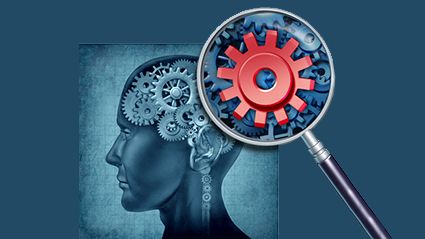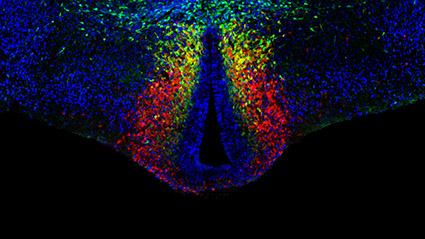16 November 2018
Last October 29th, the Synapsy clinical researcher, Camille Piguet, took part in a day of in-service training for teachers at the Collège du Léman. Each year, the teachers of this international school, which covers the levels from primary school to federal maturity, choose Read more…









